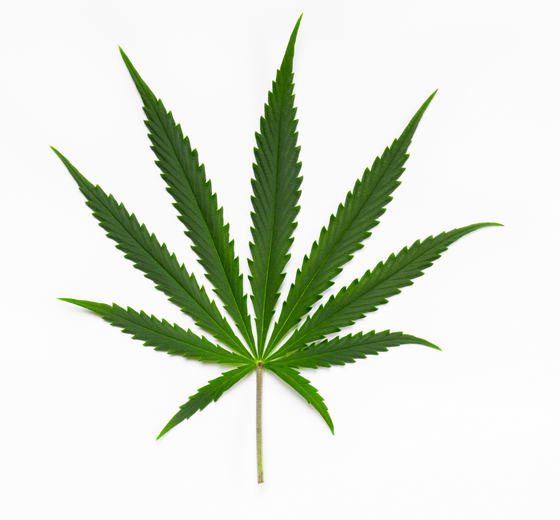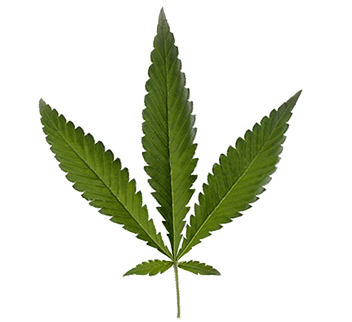Difference between Cannabis Sativa, Indica and Ruderalis
Published :
Jan 13, 2016
Categories :
Strain information

There are thousands upon thousands of different cannabis strains, all with varying growing traits, tastes, aromas, yields and effects; but they all have something in common: They belong to one of three families of cannabis – sativa, indica or ruderalis.
Each of these names are used to describe three very different and unique sets of genetics found within the Cannabaceae family of plants (of which all cannabis varieties belong to), each with their own traits. Understanding the difference between these genetic families can help growers make an informed decision about what they want to grow, and the preparations they will need to take to get the right marijuana for them.
Sativa
Cannabis sativas are physically the largest of the three families, and are also probably the most popular. They originated in the wilds of equatorial countries, between 30 degrees north and 30 degrees south of the equator. In these equatorial countries, the hours of daylight do not fluctuate throughout the year in the same way it does across the rest of the globe. Cannabis sativa plants have evolved to take advantage of this, and continue to grow as they flower. For this reason sativa plants tend to look a lot more airy and loose then their other family counterparts. It has also resulted in longer average flowering times than indica or ruderalis varieties, but a proportionally higher yield as well. The leaves of the cannabis sativa plant are long and spindly, often described as being finger-like – much like the stereotypical representation of a cannabis leaf.
Sativa effects
Cannabis sativa plants tend to have very high concentrations of THC and relatively low levels of CBD, which has been further strengthen by human breeding – the market has always traditionally valued high THC strains. This tends to result in sativas having the following effects:
- A cerebral head buzz
- Energizes and uplifts
- Motivation
- Focusing and/or increasing alertness
- Inspiring and increasing creativity
- Reduces nausea
- Helps relieve depression/promotes a sense of wellbeing
- Stimulates the appetite
Indica
Cannabis indica plants are most commonly recognized by their short and stocky stature. This variety of cannabis originated in the wilds of sub-tropical countries, such as Pakistan and Afghanistan (which is sometimes reflected in a strain’s name). Anywhere between 30-50 degree north and south of the equator tends to have the ideal climate for them. Because these are further away from the equator then their sativa cousins, the hours of daylight cannabis indica plants are exposed to tend to fluctuate much more. This means that once the plants have reached their ideal height, they put all of their energy into producing flowers, utilizing the changing hours of day to the best of their ability. The leaves of cannabis indica plants are a lot more fan like then any of the other families of cannabis. The fingers of the leaves grow much wider in order to utilize as much sunlight as possible.
This urgency to take full advantage of the sun has resulted in a line of cannabis plants that flower much faster than their sativa counterpart. This combined with their much smaller stature makes indica strains extremely attractive to those who are growing for money – where space and speed directly relate into potential profit.
Indica effects
Cannabis indica strains are known for having a much higher CBD content than sativas. One of the many functions of CBD is to moderate the effect THC has on the body and mind. Thus indica strains have a very different effect than sativas. These effects include:
- A body buzz
- Acting as a muscle relaxant
- Reduces inflammation
- Effective pain relief/management
- Aids sleep
- Acting as a sedative
- Increasing the appetite
- Increasing dopamine production
- Relieving stress and anxiety
Cannabis Ruderalis
Cannabis ruderalis, is a relatively new line of cannabis within the cannabis cultivation scene. It can be found growing in the wilds of the colder regions of the world, usually above 50 degrees north of the equator (in such places as Russia and China).
The main feature of the ruderalis family is that it is autoflowering, meaning the cultivator does not need to get involved, and can leave their marijuana crop largely to itself. Ruderalis strains are also very small and very fast growing. They produce very small leaves and only a few side branches.
Effects of ruderalis
Ruderalis has very low levels of THC and CBD, making them worthless to use in a pure form. This is largely why they have not been utilized by the market up until recently. However, when bred with sativa or indica strains it is possible to produce a sativa or indica dominant plant that retains the auto flowering features of the ruderalis. This is a huge advantage for many growers, especially those who live in colder areas of the world, and/or those who grow outdoors. It means a crop can be planted, maintained with little effort and then replanted right after harvest – as flowering will be effected by time growing as opposed to seasonal change.
What this does mean is that ruderalis does not really have any effects in itself, and will be reliant on the sativa or indica genetics it has been bred with to produce any.
A quick note on hybrids
Although sativa, indica and ruderalis are 3 very distinct and different families of cannabis, they are all interbreedable. What this means is that there are now many strains out there that possess the qualities of multiple families. This allows seed banks and growers to customize and tinker with the qualities of their strains even more, producing some really stunning results.









































